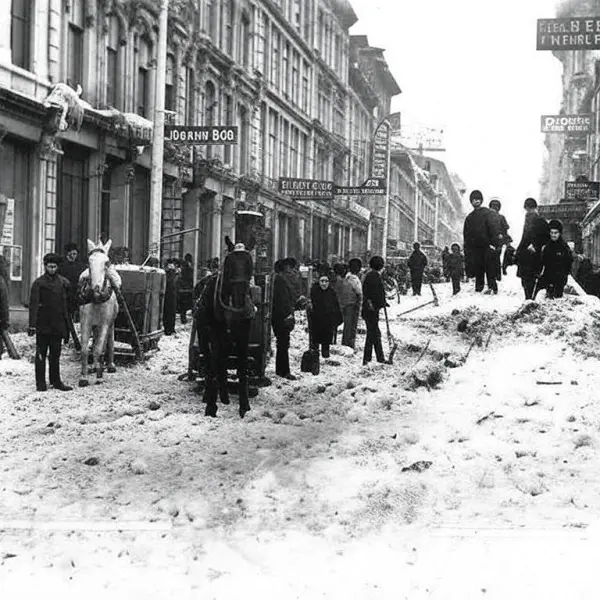Sitting Bull and Buffalo Bill
In 1885, Sitting Bull, the famous Lakota Sioux leader, and Buffalo Bill Cody, the renowned American showman, had an iconic encounter in Canada. This meeting took place after Sitting Bull had fled to Canada in 1877, following his defeat at the Battle of the Little Bighorn and the subsequent surrender of his people. He had spent several years in exile in the Canadian plains, living with the Lakota and other tribes in the region.
Buffalo Bill, who had gained fame for his role in the Indian Wars as a scout and for creating the Wild West show, visited Canada in 1885 with his traveling show, which featured reenactments of frontier life and performances by Native American participants. Sitting Bull was invited to join the show, and he agreed, seeing it as a way to earn a living and support his people.
In the spring of 1885, Sitting Bull and Buffalo Bill met during one of the shows in Canada. Sitting Bull's participation in the Wild West Show became a celebrated part of the performance, where he was presented as a symbol of the Native American warrior spirit. Despite the tensions between their two worlds—Sitting Bull as a leader of resistance and Buffalo Bill as a promoter of the West’s conquest—their collaboration was seen as an example of the complex and sometimes contradictory interactions between Native Americans and the American public during that era.
Sitting Bull’s appearance in Buffalo Bill's show helped cement his place in American popular culture, but it also marked a moment of cultural exchange and a significant chapter in the history of Native American representation in the entertainment industry. Sitting Bull continued to be a prominent figure in the show until 1886, when he left to return to the United States. His brief partnership with Buffalo Bill remains one of the more interesting and unusual intersections of Native American history and American entertainment.
Buffalo Bill, who had gained fame for his role in the Indian Wars as a scout and for creating the Wild West show, visited Canada in 1885 with his traveling show, which featured reenactments of frontier life and performances by Native American participants. Sitting Bull was invited to join the show, and he agreed, seeing it as a way to earn a living and support his people.
In the spring of 1885, Sitting Bull and Buffalo Bill met during one of the shows in Canada. Sitting Bull's participation in the Wild West Show became a celebrated part of the performance, where he was presented as a symbol of the Native American warrior spirit. Despite the tensions between their two worlds—Sitting Bull as a leader of resistance and Buffalo Bill as a promoter of the West’s conquest—their collaboration was seen as an example of the complex and sometimes contradictory interactions between Native Americans and the American public during that era.
Sitting Bull’s appearance in Buffalo Bill's show helped cement his place in American popular culture, but it also marked a moment of cultural exchange and a significant chapter in the history of Native American representation in the entertainment industry. Sitting Bull continued to be a prominent figure in the show until 1886, when he left to return to the United States. His brief partnership with Buffalo Bill remains one of the more interesting and unusual intersections of Native American history and American entertainment.
Envíado por OldPik el 7 de enero de 2024
Image

Debes iniciar sesión para comentar las fotos.
Iniciar sesión
Iniciar sesión














Sin comentarios aún, sé el primero en comentar...